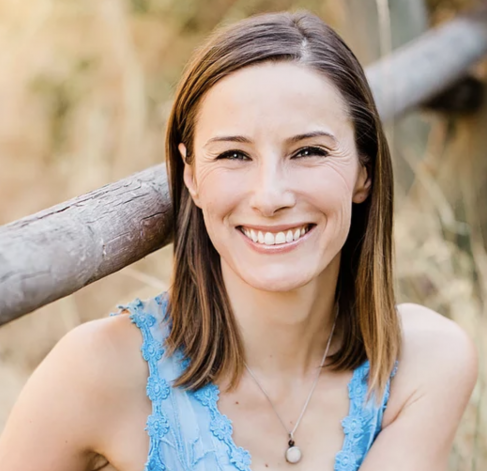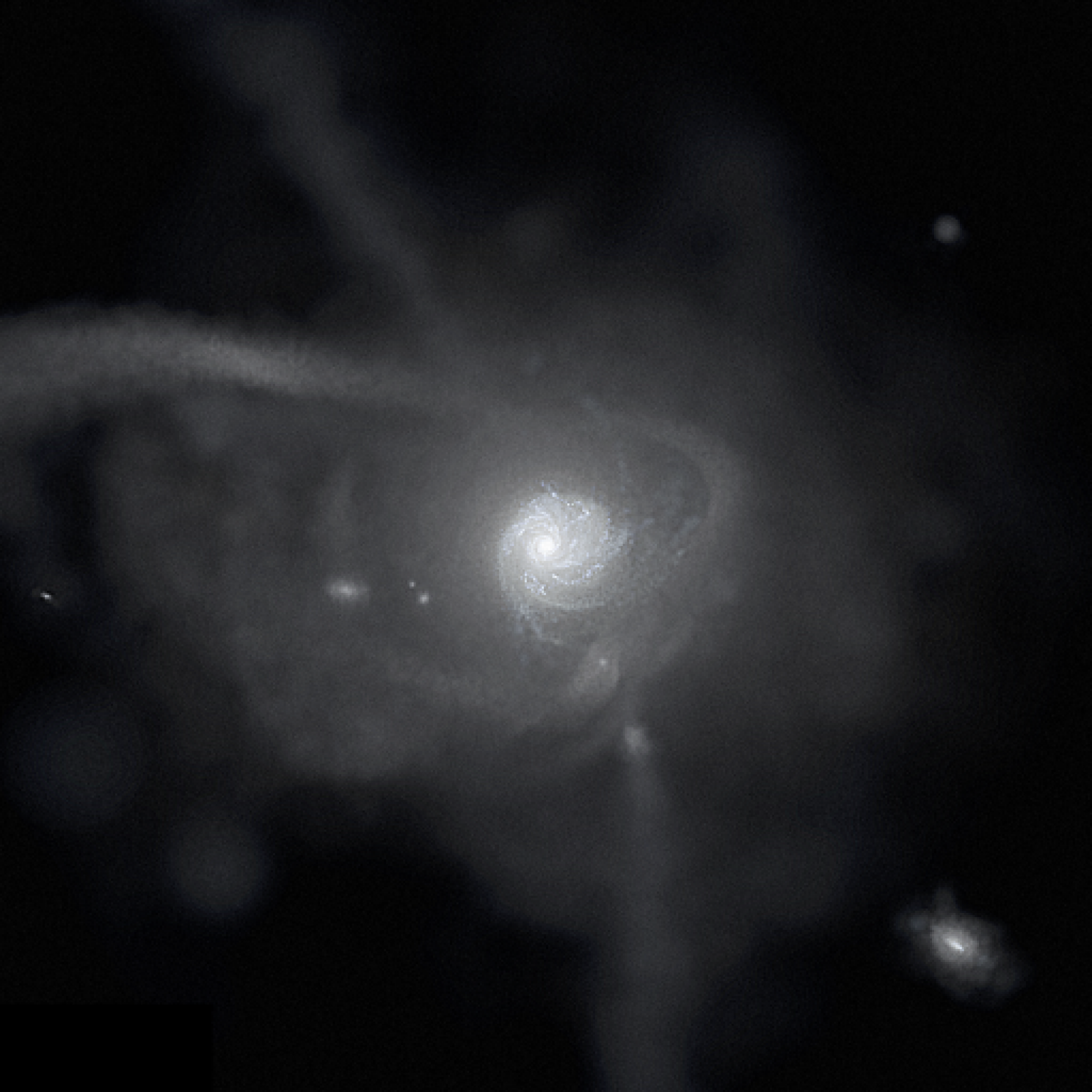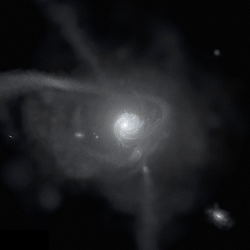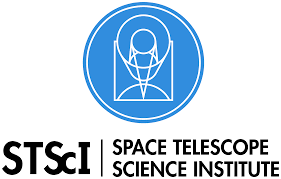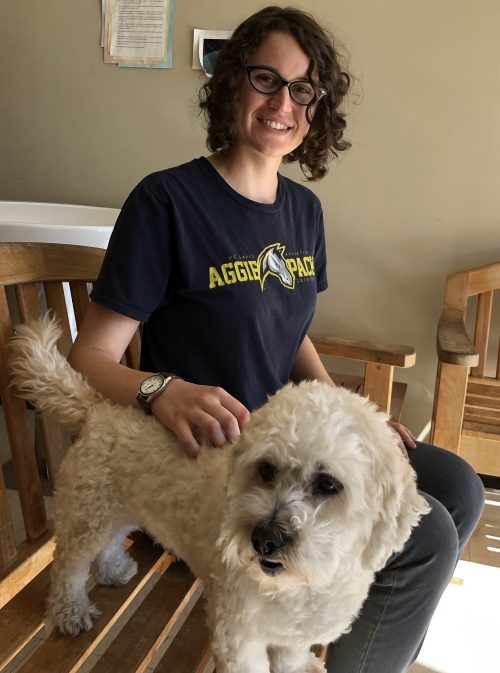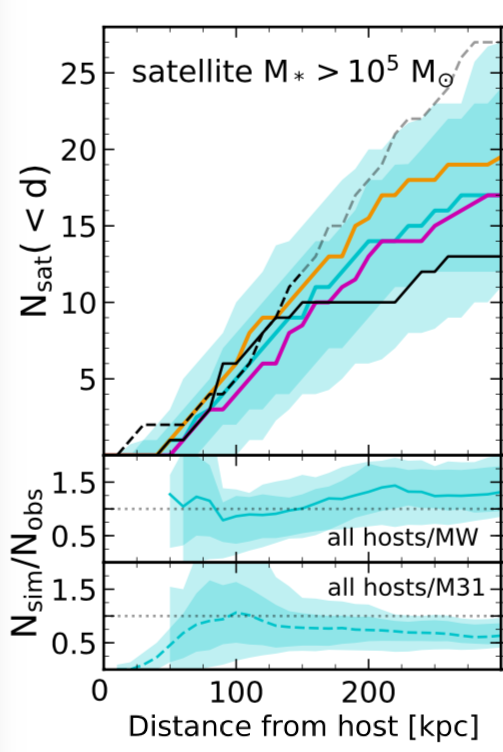 NASA’s Astrophysics Theory Program (ATP) has awarded our team (PI Robyn Sanderson, co-PI Andrew Wetzel) a grant for Predicting observable signatures for dynamical interactions between dark-matter substructure and stellar streams in the Milky Way. Congratulations to Robyn Sanderson, who led this grant!
NASA’s Astrophysics Theory Program (ATP) has awarded our team (PI Robyn Sanderson, co-PI Andrew Wetzel) a grant for Predicting observable signatures for dynamical interactions between dark-matter substructure and stellar streams in the Milky Way. Congratulations to Robyn Sanderson, who led this grant!
The wealth of ongoing and upcoming observations of the Milky Way promise an era of ‘near-field cosmology’ to test the cold dark matter (CDM) paradigm. One of the most exciting and powerful probes of dark matter is using the Milky Way’s stellar streams as ‘gravitational antennae’, as close passages of small dark-matter subhalos dynamically perturb cold stellar streams, allowing us to test the diverging predictions of different dark-matter models for the low-mass end of the (sub)halo mass function. Our goal with this grant is to use our Latte suite of FIRE-2 simulations of Milky Way-like galaxies to model the dynamics of dark-matter subhalo interactions with stellar streams from disrupted globular clusters and satellite galaxies in realistic detail, including creating synthetic observations of these simulated perturbed streams. Our goal is to provide the first comprehensive end-to-end study that connects cosmological predictions from baryonic simulations to interpretations of, and predictions for, observable perturbations from dark-matter subhalos on stellar streams.
